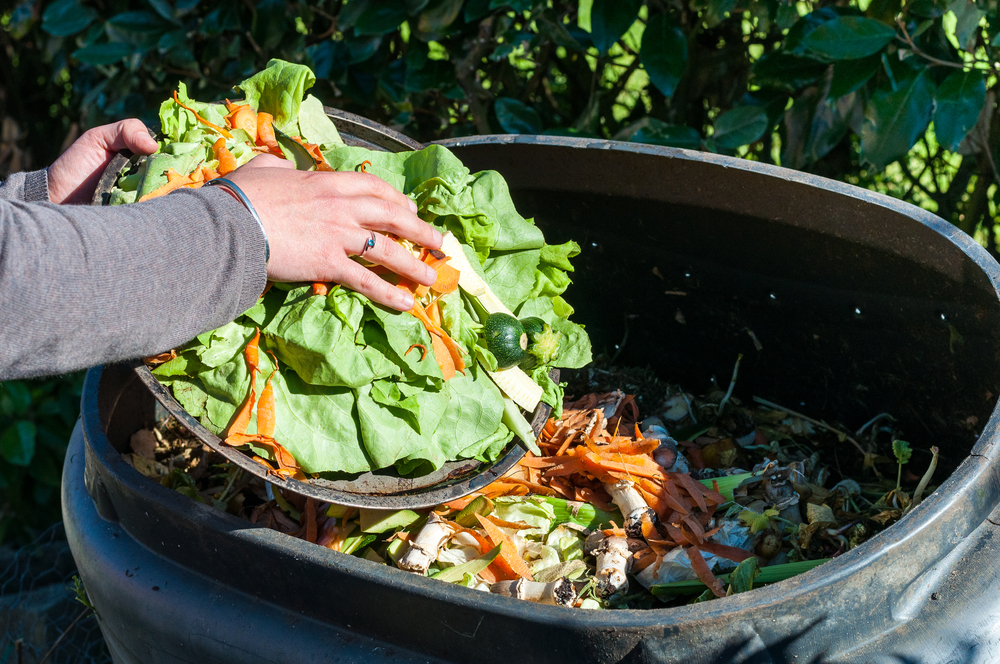Every year America sends to landfill a staggering 63 million tons of food waste, at a cost of an even more astonishing $218 billion. But we can learn how to reduce food waste through technology.
The same report suggests that the restaurant business contributes around 11 million tons and $25 billion to these totals.
So for both commercial and environmental reasons, reducing food waste has become an increasing priority for both business owners and the public at large.
Fortunately, as in so many sectors of the industry, restaurant technology is rapidly producing some innovative solutions, both in the supply chain and within restaurants themselves.
Tracking Food Waste in the Supply Chain
Winnow Solutions, a provider of specialist food waste reduction technologies, reports that around 70% of all waste occurs before the food has even reached the customer’s plate.
So steps on how to reduce food waste in the supply chain need to be a high priority.
One relevant technology is an edible, invisible, tasteless, and odorless barcode developed by the Safe Traces start-up, which is applied to fruit and other produce at the time of washing. The solution includes invisible DNA-based barcodes that enable subsequent purchasers to verify the source and authenticity of the produce in a matter of minutes.
This information is expected to reduce waste by allowing business customers to pinpoint exactly where problems are occurring in the supply chain.
Restaurant Technology and the Internet of Things
Another new technology focused on the supply process is supplied by Zest Labs, and consists of Internet of Things (IOT) sensors that provide data about harvest quality (e.g. maturity, bruising, decay), and microclimates.
With other metrics covering cut-to-cool time, pre-cool temperature, and temperature handling, restaurants are able to predict exactly how fast particular produce is likely to age. And they can also closely monitor the performance of their suppliers.
Specialist industry sources suggest that these technologies could reduce supply chain food waste by some 5%. It might not sound much, but in a business of traditionally super-fine margins — a problem of course only exacerbated by the COVID-19 pandemic — every dollar saved is vital.
Cutting Food Waste Costs in the Kitchen
Particularly for larger outlets, collecting and disposing of food waste can be a significant cost.
Digesters and Dehydrators
The use of modern restaurant technologies such as food digesters (liquefiers) and dehydrators is therefore increasing rapidly.
Digesters use a combination of mechanical grinding, enzymes, micro-organisms and water to reduce solid waste to a fluid that can safely be discharged into the sewerage system.
Dehydrators, by contrast, use heat and mechanical means to dramatically reduce the volume of the food waste processed. The removed liquid goes into the sewers, while the dry residue is significantly easier and cheaper to dispose of by conventional means.
On a cautionary note; both digesters and dehydrators may place extra stress on sewerage systems. So it’s wise to get the approval of the relevant local authorities before proceeding. But with that caveat, these technologies are well worth exploring.
Smart Meters for Waste Management
“If you can’t measure it, you can’t improve it”, so the well-known saying goes.
And that’s where today’s generation of restaurant waste management tools will prove invaluable.
Install a simple tracking terminal, connected to camera and scales, and you’ll be able to track exactly how much food you’re staff are throwing away before it gets to the table. You can also record the types of food that produce the most waste, and why.
Saving Money With Food Waste Restaurant Technology
The opportunities for staff education alone will likely make a significant beneficial impact on your food waste statistics. But the best of these trackers also offer powerful data aggregation and analysis tools, working across multiple outlets, to help identify the best areas in which to look for savings.
The restaurant business has always been one of tight margins, and in the era of COVID-19, it’s now more than ever imperative to look for every possible economy.
And since raw ingredients, by definition, are one of restaurants’ biggest costs, the adoption of all possible food waste reduction technologies is now an absolute imperative.

